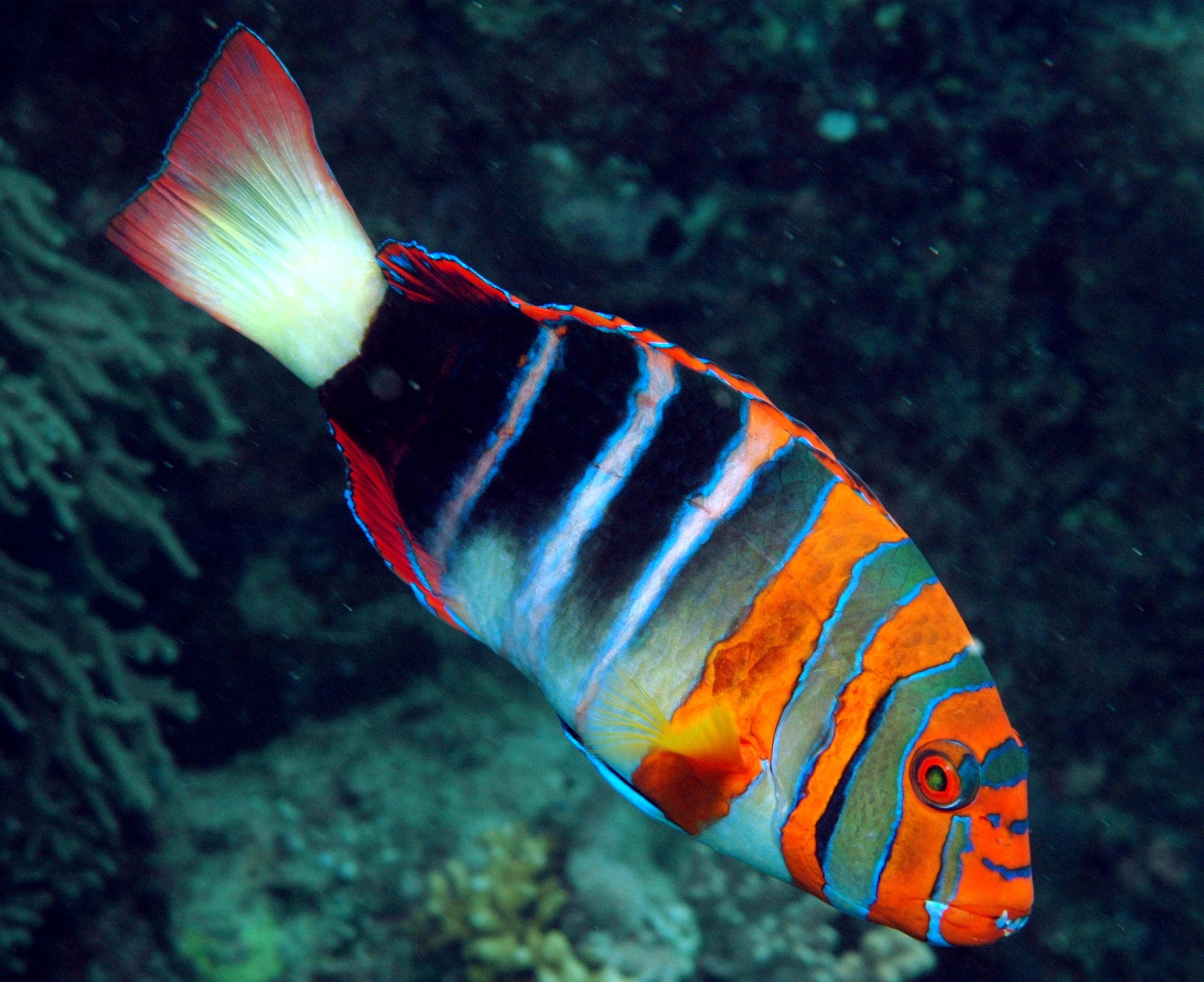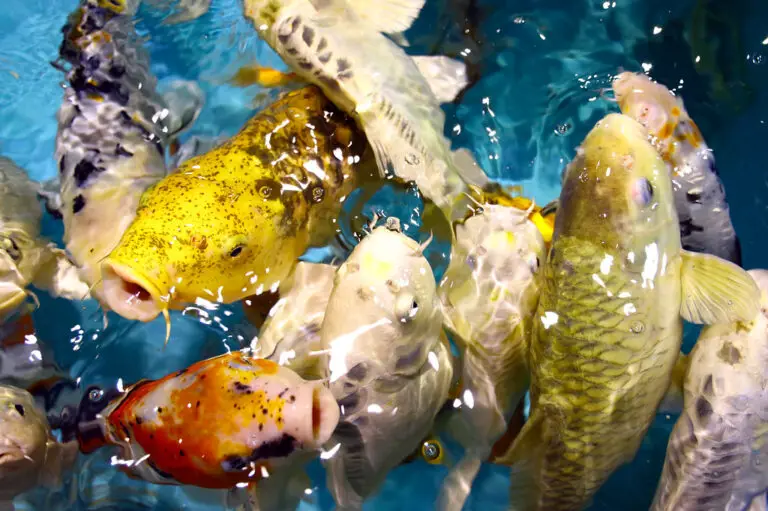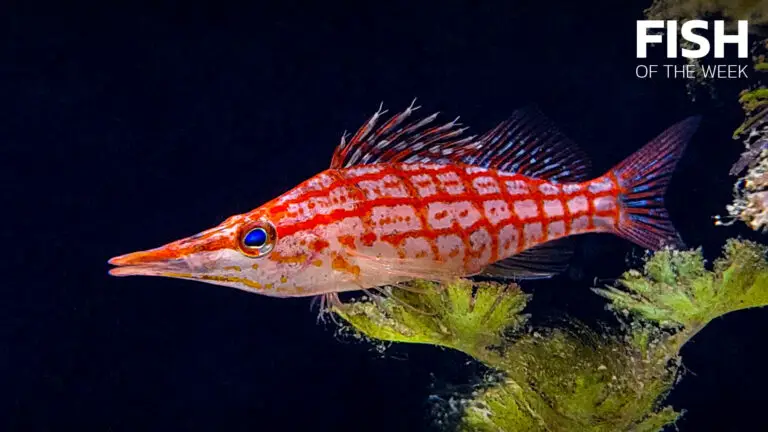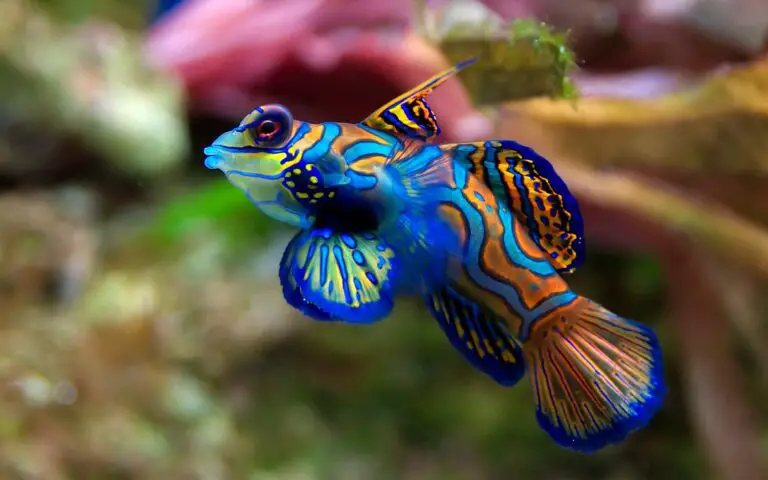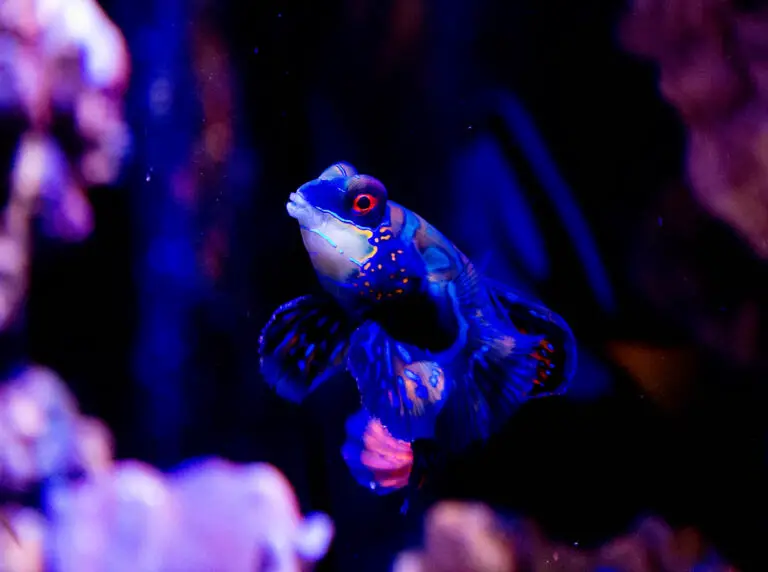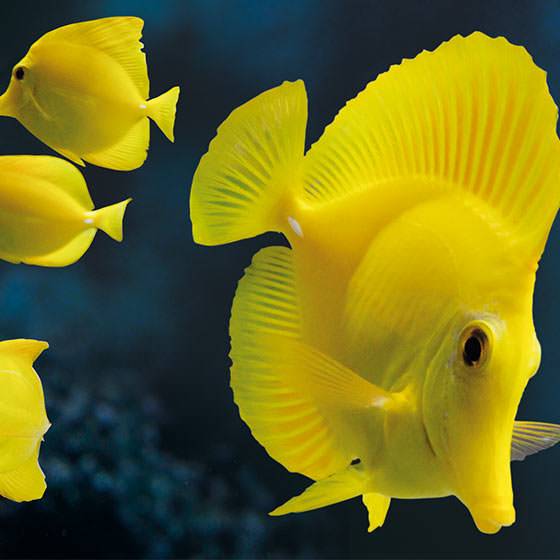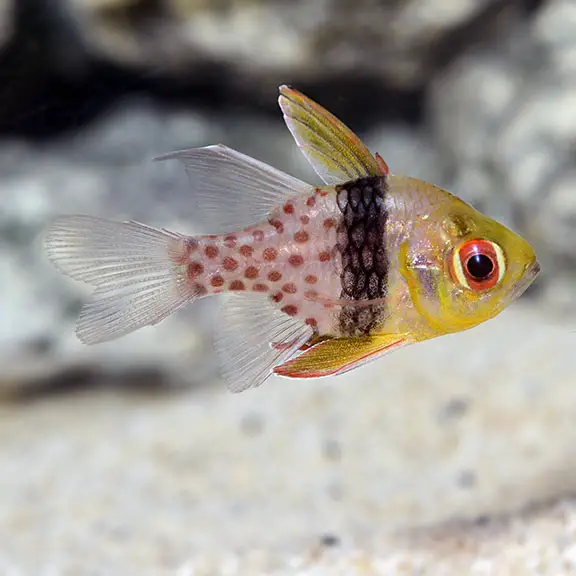Harlequin Tuskfish: Unraveling the Beauty and Behavior of a Saltwater Icon
For the uninitiated, the underwater world may seem like a vast, amorphous canvas of blue, teeming with strange and colorful marine life. But for those who dare to look closer, the ocean’s depths reveal creatures of unparalleled splendor. In the saltwater aquarium industry, one such marvel stands out for its beauty and enigmatic charm – the Harlequin Tuskfish.
This long-form blog article is tailored for avid aquarium enthusiasts who wish to understand this iconic fish on a deeper level. Whether you’re a seasoned aquarist or just venturing into the world of marine tanks, this guide will take you on a voyage through the life and care of the Harlequin Tuskfish.
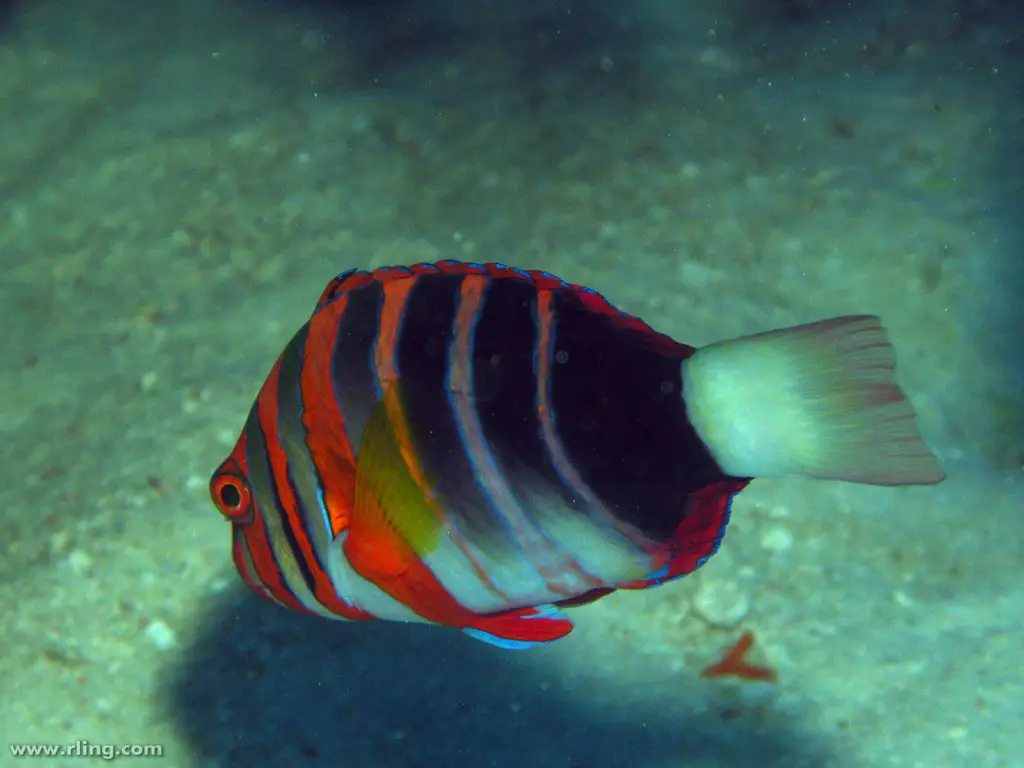
Physical Features and Habitat
A Living Puzzle of Color
Aptly named for its striking color patterns that evoke the imagery of a jester’s costume, the Harlequin Tuskfish (Choerodon fasciatus) was first described by colonial administrators and avid naturalists in the East Indies. Donning a mesmerizing blend of dark blue, vivid green, and the occasional swipe of yellow, each individual fish seems adorned in its own, unique mosaic.
Measuring up to a substantial 11 inches in length, this species boasts an elongated body with a distinctive sloping forehead and sharp, eagle-like profile. Their facial “beak” is capable of crushing the exoskeletons of invertebrates they prey on in the wild, a testament to their dominant role in their coral reef ecosystems.
A Home Among the Coral Reefs
The Harlequin Tuskfish calls the Indo-Pacific home, favoring the shallow, hard-bottomed, and coral-rich habitats found across the region. Solitary and territorial by nature, these fish are keen dwellers of coral bommies and outcroppings, where they retreat into crevices for safety and to sleep at night.
In the wild, they are known to exhibit an interesting behavior known as ‘smashing’—using rocks to break apart bivalve mollusks to access the soft flesh within. This unique feeding practice not only sustains them but also plays a crucial role in the dynamics of their ecosystem.
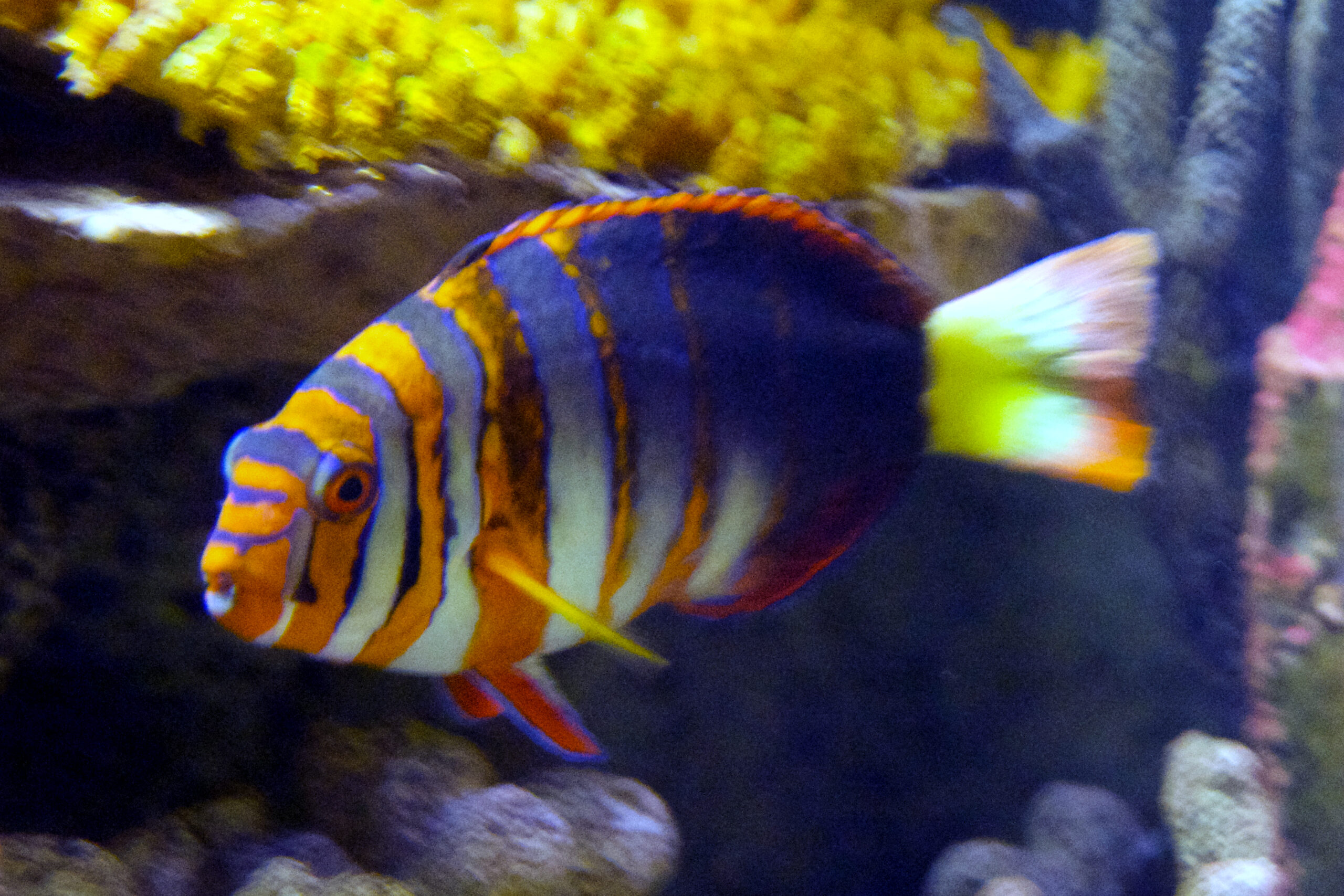
Aquarium Care Tips
Crafting the Perfect Underwater Setting
If you’re considering adding a Harlequin Tusk to your marine tank, a few key elements are essential. A large tank, with a volume upwards of 75 gallons, is a must to accommodate their size and territorial nature. Ample live rock for territory marking and hiding spots completes the habitat setup, emulating the reef environment they require.
Water parameters need to be closely monitored and maintained, as this species thrives in stable conditions. A suggested temperature range of 72-78°F and a specific gravity of 1.020-1.025 is advised.
On the Menu: Omnivorous Needs
Understanding the dietary preferences of the Harlequin Tusk is crucial. In the wild, their diet consists of a variety of benthic invertebrates, small fish, and the occasional crustacean. This should be replicated as closely as possible in a captive setting. Provide them with a diverse diet, including high-quality marine pellets, frozen seafood, and even the occasional live food.
It’s important to note that Tuskfish, much like their wild counterparts, are known to become finicky eaters over time. Aquarists should always ensure a varied and balanced diet to avoid potential feeding issues.
Minding Tankmates
The Harlequin Tusk is usually not recommended for community tanks due to their territorial and sometimes aggressive nature towards their own species and similar-looking wrasses. However, they can coexist with non-competing, passive tank mates. Triggerfish, pufferfish, and other large, aggressive species may not be ideal companions.
Observing their social behavior in the aquarium will play a significant role in determining suitable tankmates. Provide plenty of space and visual barriers to reduce any potential stressors.
Behavioral Insights
Lone Lurkers or Group Gurus?
Despite the stereotype of the solitary and aggressive fish, Harlequin Tuskfish can show a completely different side if introduced to their tank mates early on and if given enough space to call their own. The young ones often school together and this social aspect can be retained in captivity with the right environment.
In addition, watching a bonded pair can be quite rewarding, as they display colorful courtship motions and can form a strong, long-lasting bond.
A Gentle Nursery in the Making
Breeding Harlequin Tuskfish in captivity is an exceptionally rare feat, with few documented successes. If conditions are deemed suitable by these fish, a male will begin to court a female by swimming in smooth and consistent circles. This not only woo’s the female but also serves as a territorial display to rival suitors.
When a pair does begin to breed, the male will engage in a more aggressive territorial defense of their chosen spawning site as the female lays the eggs. Once spawned, these eggs can hatch within a day, ushering in the next generation of these brilliant fish.
Conservation Status
The Plight of a Prized Species
The allure and rarity of the Harlequin Tuskfish have made it a prime target for the aquarium trade, leading to overfishing and unsustainable harvesting practices. Furthermore, the destruction of their natural coral reef habitats due to climate change and human activity poses significant threats to their populations.
Aquarium enthusiasts have a role to play in the conservation of these species. By choosing sustainable sources for their aquarium stock, promoting captive breeding programs, and supporting organizations that work towards reef conservation, they can make a meaningful contribution to the preservation of these and other marine species.
Conclusion
The Harlequin Tuskfish represents both the alluring beauty and complex nature of the marine world, a character fit for the finest aquariums. From its kaleidoscopic appearance to the intricate dynamics of its social and reproductive behavior, this species captivates and challenges hobbyists in equal measure.
By following the guidelines laid out in this post and adhering to responsible aquarist practices, enthusiasts can share in the majesty of the Harlequin Tuskfish without adding to the pressures on its wild population. In doing so, aquarium keepers bridge the divide between ocean and home, spreading a message of stewardship and respect for the watery realms that sustain life on this planet.
